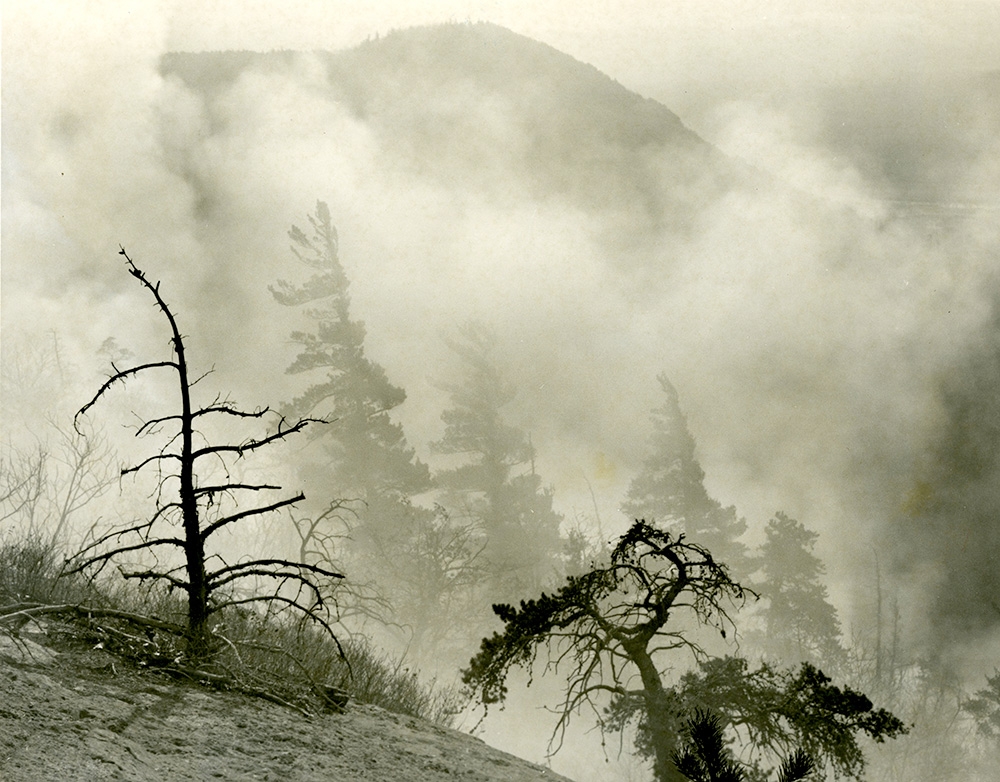In many ways, Forest Ranger history mirrors the history of conservation in New York State. This exhibit, created by Anna Gagion (’19), examined how the role of Forest Rangers in the Adirondack Park has evolved during the last century.
Forest Rangers
Defending a Changing Landscape: A History of Forest Rangers in New York State
1988 Ranger Team
Female Forest Rangers play an important role in the protection of New York State Forest Preserves. However, from the creation of the Forest Ranger Force in 1912 until the first woman Forest Ranger was added to the force in 1988, the teams had been entirely male. The first females to graduate from Wanakena were Hildegard Kuhn-Webb and Kathy Gilda in the 1970s. The first woman to become a permanent member of the Forest Ranger staff was Patti Rudge. Women currently make up about 10% of the Forest Ranger Force in the Adirondacks.
Fire Control Training
The efforts of Forest Rangers in the prevention of fires has significantly reduced the number and severity of forest fires in the Adirondacks in the last century. With prevention a high priority, the early 20th century saw the establishment of monitoring stations, the improvement of trails to the stations, the construction of fire towers and observers’ cabins, and the installation of telephone lines.
Ranger with Porcupine
Outreach: Increased recreational use of the Adirondack Park along with environmental concerns have made education a very important part of a Forest Ranger’s job. While this often involves lessons in how to avoid life threatening situations, it also means outreach promoting understanding and protection of natural resources.
Smokey’s Helper
In 1944, the national Smokey the Bear Campaign, created by the United States Forest Service, spread across America. The campaign sought to educate children about the dangers of forest fires and their role in fire prevention. People were warned not to burn garbage in their backyards and to be sure that camp fires were monitored and completely put out with water when they were finished. Smokey was featured in books and on films, as well as in games and toys. Live appearances by a costumed Smokey first met children at the New York State Fair in 1956. Smokey the Bear has a 96% recognition factor among American children. Date and names in photo unknown.
Adirondack Research Library
897 St. David's Lane
Niskayuna, NY 12309
Office Hours
The Kelly Adirondack Center
The ARL is a part of the Kelly Adirondack Center. For upcoming events and other information, visit the KAC website.








